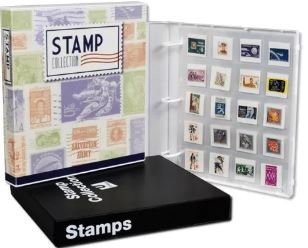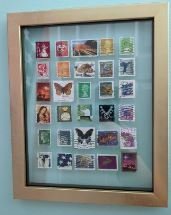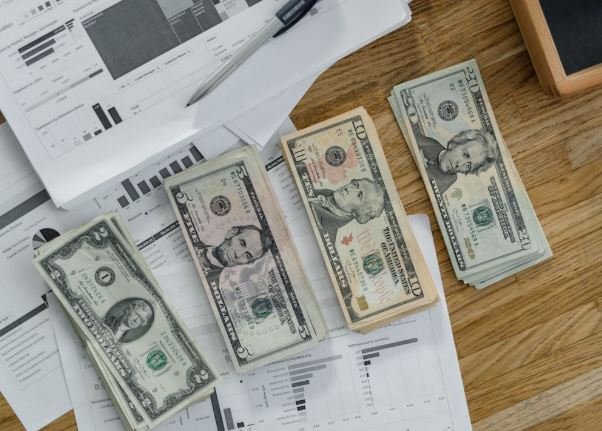Stamp collecting, also known as philately, has long been a rewarding hobby for many enthusiasts around the world. For some, it is simply a passion that connects them to history and culture, but for others, it has become a means of making money. So, how to make money from stamp collecting? Is it truly a profitable path, or is it a costly hobby that can lead to financial setbacks?
In this article, we will explore the potential to make money from stamp collecting, weighing the profitable opportunities against the risks and costs involved. We’ll discuss the strategies that successful stamp collectors use to turn their hobby into a profitable venture, as well as the pitfalls that can make it a financial drain.
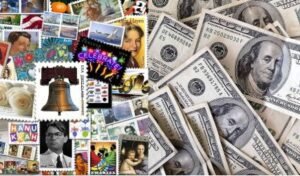
The Allure of Stamp Collecting as a Potential Money-Making Venture
The idea of how to make money from stamp collecting often attracts people who see stamps as valuable investments. Like fine art or rare antiques, some stamps are incredibly rare and can fetch impressive prices at auction. The appeal of turning an inexpensive hobby into a profitable enterprise is certainly enticing. But how to make money from stamp collecting involves more than just collecting and holding onto stamps for years.
Many collectors buy stamps at a relatively low price, hoping their value will increase over time. Rare stamps, especially those with historical significance or printing errors, can appreciate in value and be sold for a substantial profit. However, making money from stamp collecting requires knowledge, patience, and sometimes a bit of luck.
Profitable Pathways in Stamp Collecting
There are several ways that individuals can make money from stamp collecting. Some methods are straightforward, while others require deeper expertise and experience. Below are the most common profitable pathways for collectors:
1. Investing in Rare and Valuable Stamps
One of the most obvious ways to make money from stamp collecting is by acquiring rare stamps. Some stamps can be worth thousands or even millions of dollars, particularly those that were misprinted or those with historical significance. For example, the famous Penny Black stamp from 1840, the world’s first adhesive postage stamp, can fetch a high price on the market. Similarly, the Inverted Jenny, a misprinted U.S. stamp from 1918, is one of the most valuable stamps in the world.
To successfully profit from this route, collectors need to be knowledgeable about the market, understand which stamps have the potential for value appreciation, and know when to sell. How to make money from stamp collecting often hinges on buying rare stamps at a lower price before their value skyrockets, and selling them at the right time to reap the rewards.
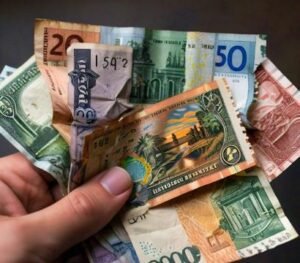
2. Stamp Trading
Another way to make money from stamp collecting is through stamp trading. Many collectors engage in buying, selling, and exchanging stamps with others, often through online marketplaces, auction houses, or stamp shows. By trading stamps, collectors can build a collection that is worth significantly more than what they paid for it.
Successful stamp traders have a keen eye for finding undervalued stamps and understanding what the market will pay for them. They often use knowledge of demand trends, historical stamp issues, and stamp rarity to identify opportunities to trade stamps for profit. For example, collecting stamps from a limited-edition release and trading them later can lead to substantial profits. How to make money from stamp collecting through trading relies heavily on building relationships with other collectors and understanding the intricacies of the stamp market.
3. Selling Stamp Collections at Auction
For those with a large or unique stamp collection, selling it at auction can be a profitable way to make money from stamp collecting. Auction houses like Sotheby’s and Christie’s regularly hold auctions where rare and valuable stamp collections are sold to the highest bidder. Some collections have sold for millions of dollars, providing significant returns to those who invested in them.
The key to making money from stamp collecting in this way is to curate a collection that has significant appeal to collectors and investors. Collections focused on a specific theme or era—such as classic stamps, rare misprints, or stamps from a particular country—can attract higher bids at auctions. However, this route requires a substantial investment in the first place and a deep knowledge of the market.
4. Starting a Stamp-Related Business
For those looking for an entrepreneurial approach to how to make money from stamp collecting, starting a stamp-related business could be an option. Some collectors turn their passion into a business by opening online shops that sell rare stamps, supplies, and accessories to other collectors. Others may open stamp appraisal services or host events like stamp conventions, where collectors can gather and exchange stamps.
By providing valuable services or products to other collectors, individuals can profit from their knowledge and enthusiasm for the hobby. This path not only allows individuals to make money from stamp collecting, but also helps them build a community and network with others who share the same interests.
The Costly Pitfalls of Stamp Collecting
While it is certainly possible to make money from stamp collecting, it is not without risks. For every success story, there are many stories of collectors who invested in rare stamps only to see their collections lose value or go unsold. Here are some costly pitfalls to be aware of:

1. Overpaying for Stamps
One of the biggest mistakes that new collectors make is overpaying for stamps. The market for rare stamps can be highly volatile, and without experience, it is easy to misjudge the true value of a stamp. A stamp that seems like a great investment may actually be overpriced, leading to financial loss when trying to sell it later.
Before diving into buying stamps with the intent to make money from stamp collecting, it’s important to educate yourself about the market and consult with experienced collectors or professionals. This will help you avoid buying stamps that are not as valuable as you believe.
2. Lack of Market Knowledge
The stamp market can be unpredictable, and prices can fluctuate based on various factors, including global economic conditions, supply and demand, and the rarity of specific stamps. Without an understanding of these factors, it can be difficult to predict which stamps will appreciate in value and which will decline.
3. Long-Term Commitment
Making money from stamp collecting is often a long-term commitment. Unlike stocks or other financial investments, stamps may take years or even decades to appreciate in value. Collectors need to be patient and willing to hold onto their stamps until the market conditions are right.
4. Hidden Costs
Stamp collecting can also incur hidden costs, including expenses for storage, insurance, and appraisal fees. These costs can add up over time, eating into any potential profits.
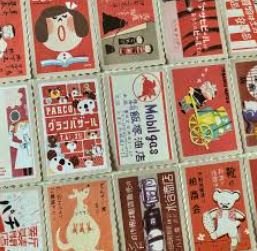
Conclusion: The Profitable Path or a Costly Hobby?
So, how to make money from stamp collecting? The answer is not straightforward. For some, stamp collecting can indeed be a profitable path, especially for those who understand the intricacies of the market and are willing to invest time, money, and effort into curating valuable collections. Rare stamps, strategic trading, and selling at auctions can all be lucrative avenues for generating profit.
However, how to make money from stamp collecting also comes with risks. Overpaying for stamps, lack of market knowledge, and the long wait for appreciation can turn a hobby into a costly endeavor. For those just starting out, it’s important to approach stamp collecting with caution, knowledge, and patience.
Ultimately, how to make money from stamp collecting depends on your level of expertise, willingness to learn, and ability to navigate the market. If approached carefully, it can be a rewarding and profitable hobby, but without proper preparation, it can also become an expensive and frustrating pursuit. The key is to strike a balance between passion and caution, ensuring that your stamp collection remains both enjoyable and potentially profitable.

